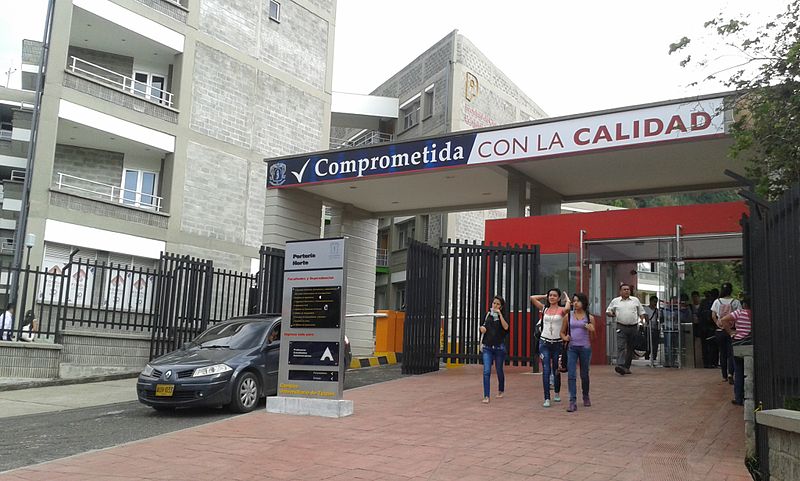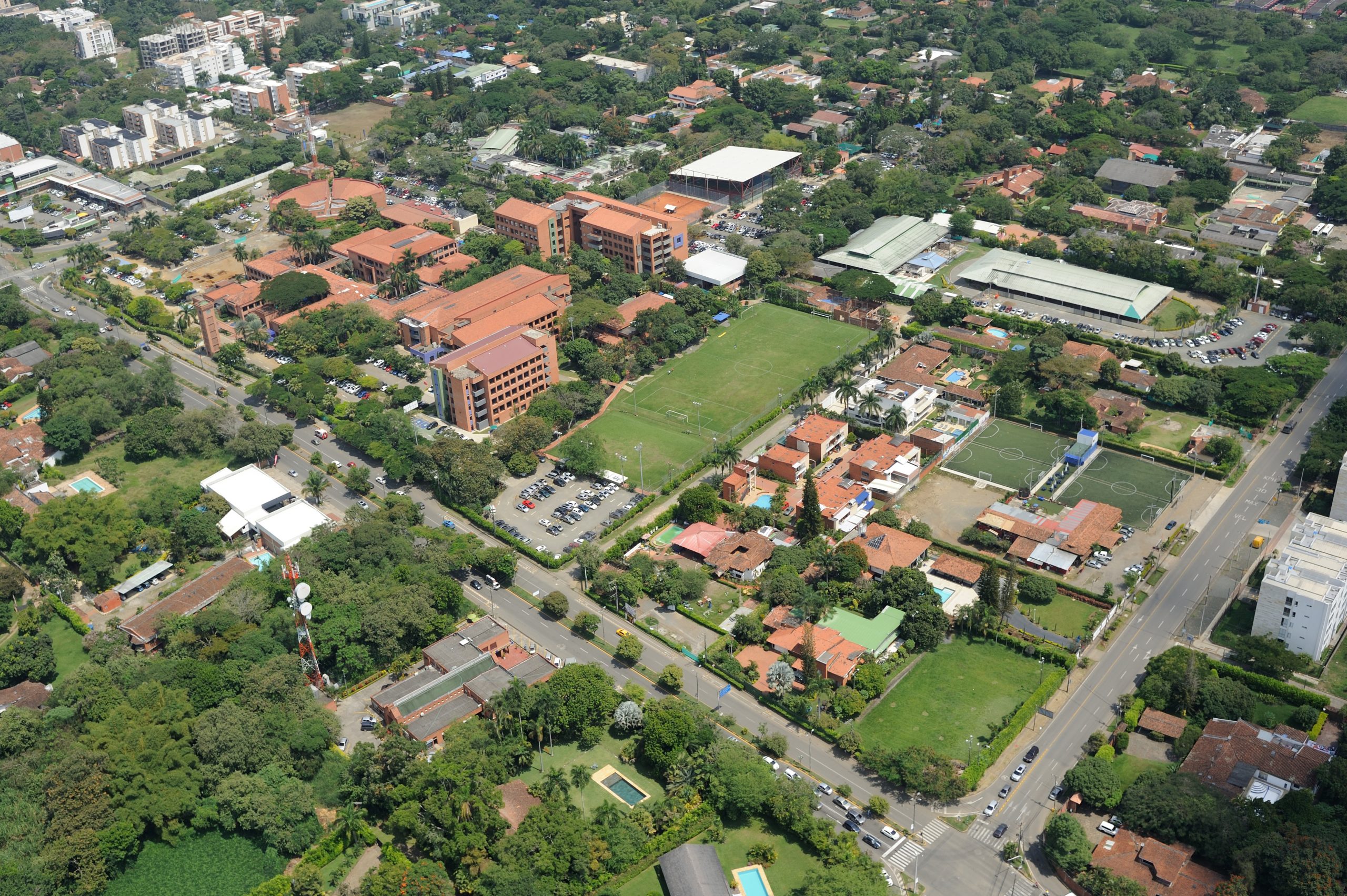Fleet Management and Control System from Intelligent Transportation Systems perspective
Abstract: Fleet Management and Control Systems (FMCS) have allowed public transport companies to improve their safety, efficiency and productivity. Therefore, national and local governments have supported implementation of such systems, to improve the mobility in cities. In some intermediate cities in developing countries, the implementation of these systems has been based on developed transport systems for large cities (with different operating conditions), without considering advances in service integration and standardization, in Intelligent Transportation Systems (ITS) frameworks. In addition, such implementations do not take into account enabling technologies such as new wireless communication standards featuring improved range, availability and accessibility. In order to improve this situation, we propose the design of an FMCS using ITS services based on an adequate ITS architecture, considering budget constraints and the need for a technology that improves relevant characteristics. We also evaluated the case of eight intermediate Colombian cities that are implementing transportation systems known as Strategic System for Public Transport (SSTP or SETP per its acronym in Spanish) in which one of the main components is an FMCS, and made some recommendations on the design of the system in these cities based in our purpose.
To order complete paper: IEEE Explore
















Open for Comment / Prometheus Bound